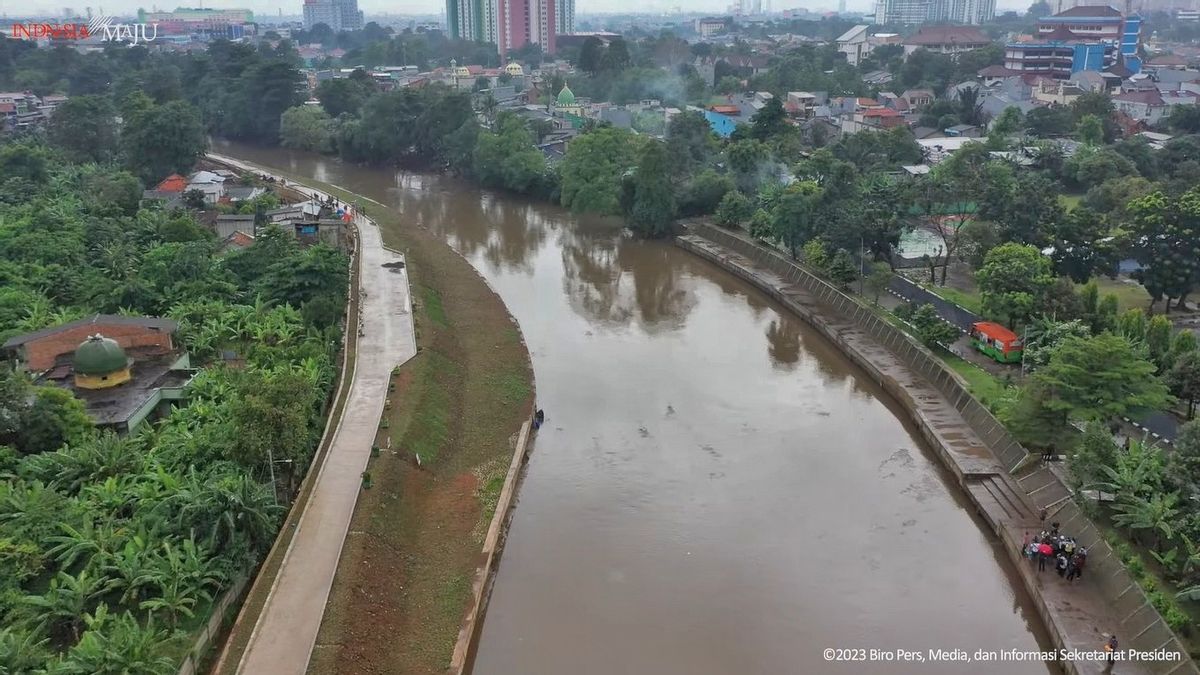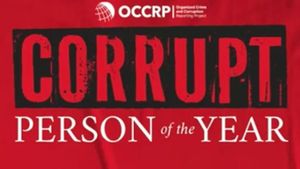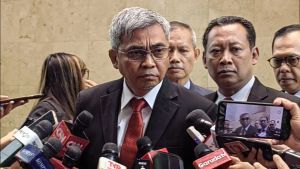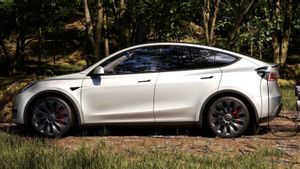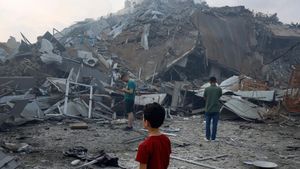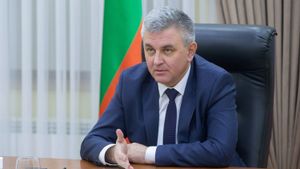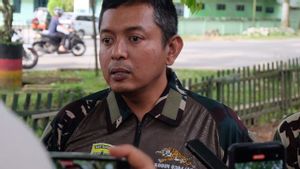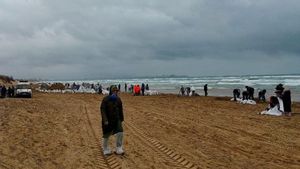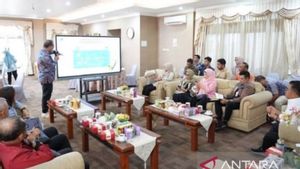JAKARTA - Technical and Hydrogeological Geological Expert of the Ministry of Public Works and Public Housing (PUPR) Arya Pranantya said the Ciliwung River could be developed into one of the new and renewable energy (EBT).
The EBT in question is hydropower, which is an alternative energy to generate electric power by utilizing water to turn on the engine.
However, Arya said that currently this potential cannot be maximized because it does not meet two conditions, namely the stability of water discharge and the height of water pressure to produce energy.
Meanwhile, on the other hand, 40 percent of the Jakarta area is in a lowland area. This was stated in a meeting of the Regional Regulation Formation Agency (Bapemperda) of the DKI Jakarta DPRD which is currently preparing a Raperda on the General Plan for Regional Energy (RUED).
The Debit (Ciliwung water) that we can now use is only about 0.73 meter3/second or 730 liters per second for the Ciliwung river. With a discharge of 0.73 cubic meters, we need an altitude of 18 meters (to reach the water pressure level)," said Arya, quoted Friday, July 7th.
"But we only have energy of only 0.1 MW. And 0.1 MW, we have to build embankments from the North end of Jakarta to the South end of Jakarta. So the infrastructure that we have to build is a lot," he added.
In addition to these two factors, Arya continued, there are also many technical obstacles in the field that hinder the potential of the Ciliwung River as EBT.
For example, the poor quality of Ciliwung water, blockages of roads and bridges that make infrastructure development difficult so that the use of Ciliwung water as a source of EBT is difficult to realize.
"This is what makes it really hydro power is a bit difficult to implement in DKI Jakarta," he said.
Meanwhile, Electricity Expert from the School of Electrical and Informatics Engineering (STEI) Bandung Institute of Technology (ITB) Syarif Hidayat revealed, referring to data from the research of the Energy Reform agency, the potential for EBT in Jakarta comes from two solar power generation technologies (PLTS), namely PLTS installed on the rooftop of a house or building and PLTS installed as building wall glass. The total reaches 352 MW. Both technologies have their respective advantages.
In terms of investment, it's actually almost the same in general. Just choose which one to use. And that's very potential. The technology already exists. Even the experts who made it, Indonesia has. We are ready," he said.
For information, the Bapemperda of the DKI Jakarta DPRD will include a special article regarding the obligation to use EBT in the Draft Regional Regulation (Raperda) on the General Plan for Regional Energy (RUED).
This article is expected to be a real action for DKI Jakarta to protect the environment and maintain better ground conditions. Based on the Raperda academic manuscript, the largest factor producing carbon emissions, increasing geothermal temperatures to air pollution occurs due to fossil power plants.
"What does that mean, there must be maximum effort and it should be listed in this Raperda for power plants that we will use or prioritize are those based on EBT, not those based on fossils," said Member of the Bapemperda DPRD DKI Jakarta Ismail.
The English, Chinese, Japanese, Arabic, and French versions are automatically generated by the AI. So there may still be inaccuracies in translating, please always see Indonesian as our main language. (system supported by DigitalSiber.id)
